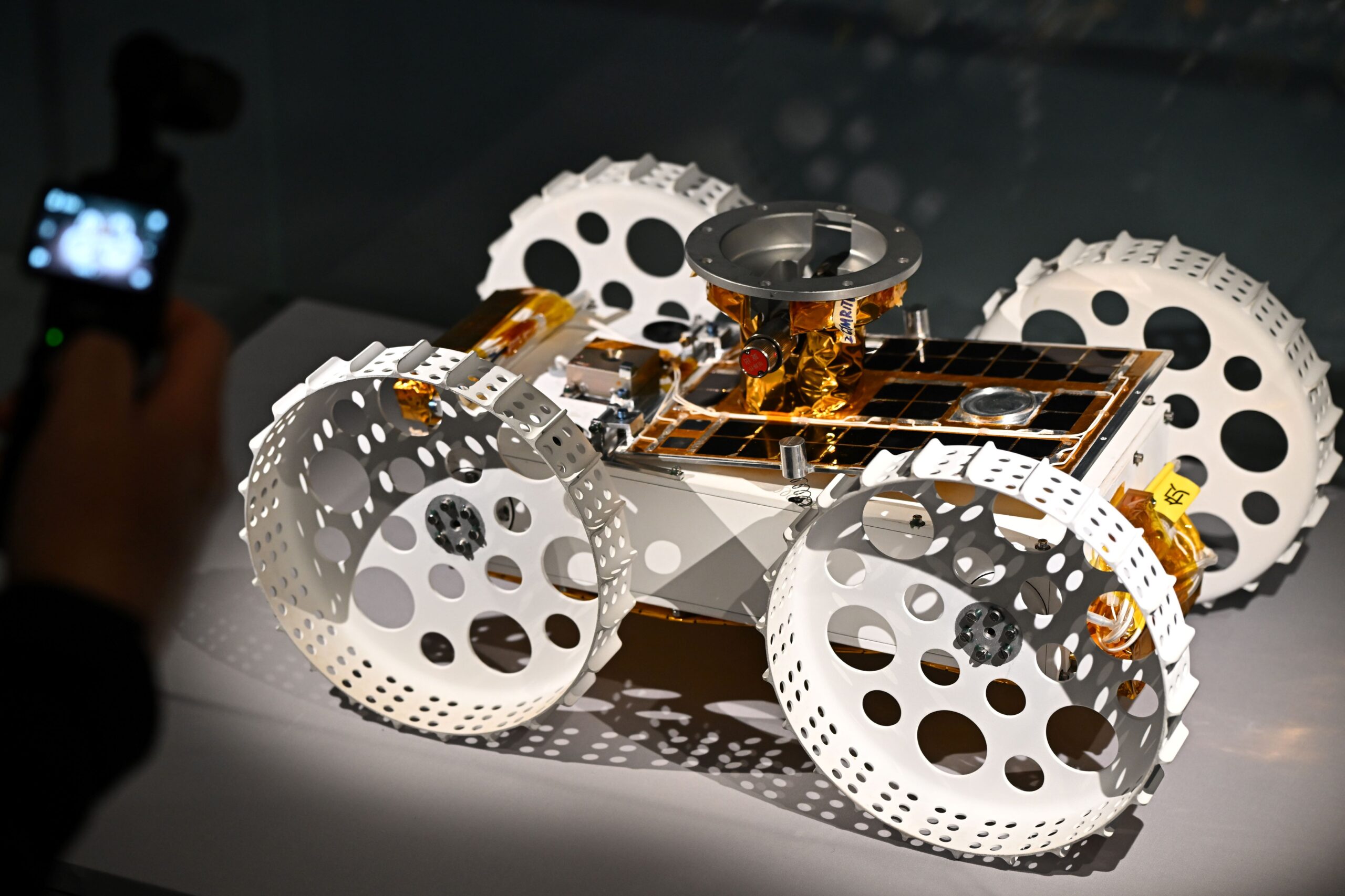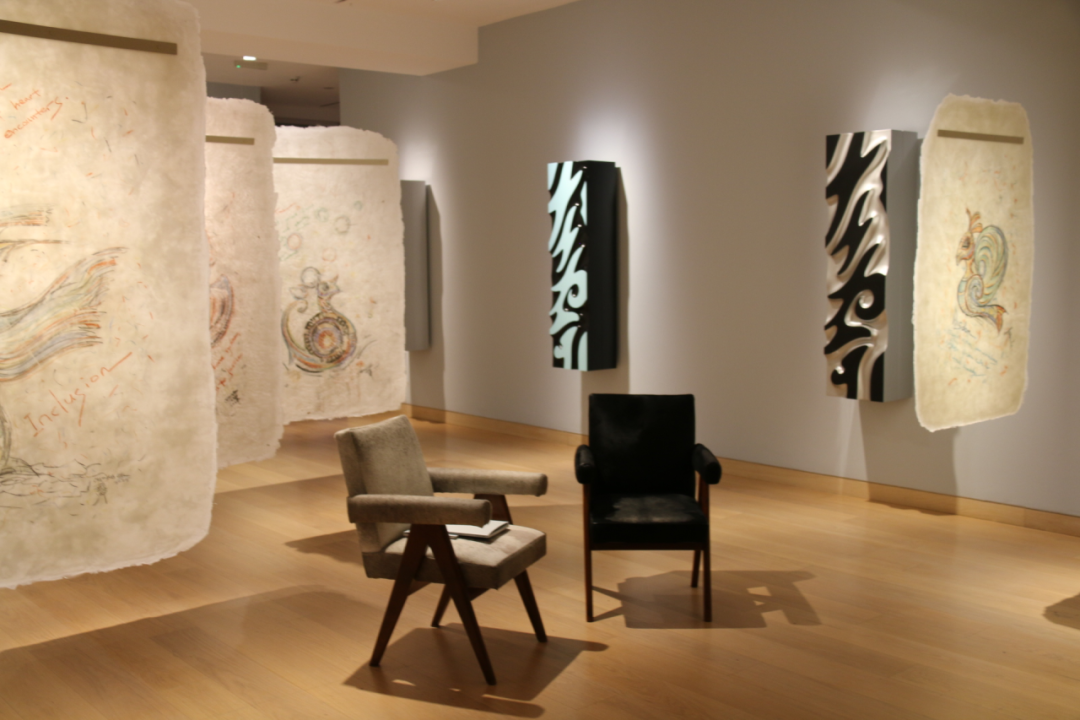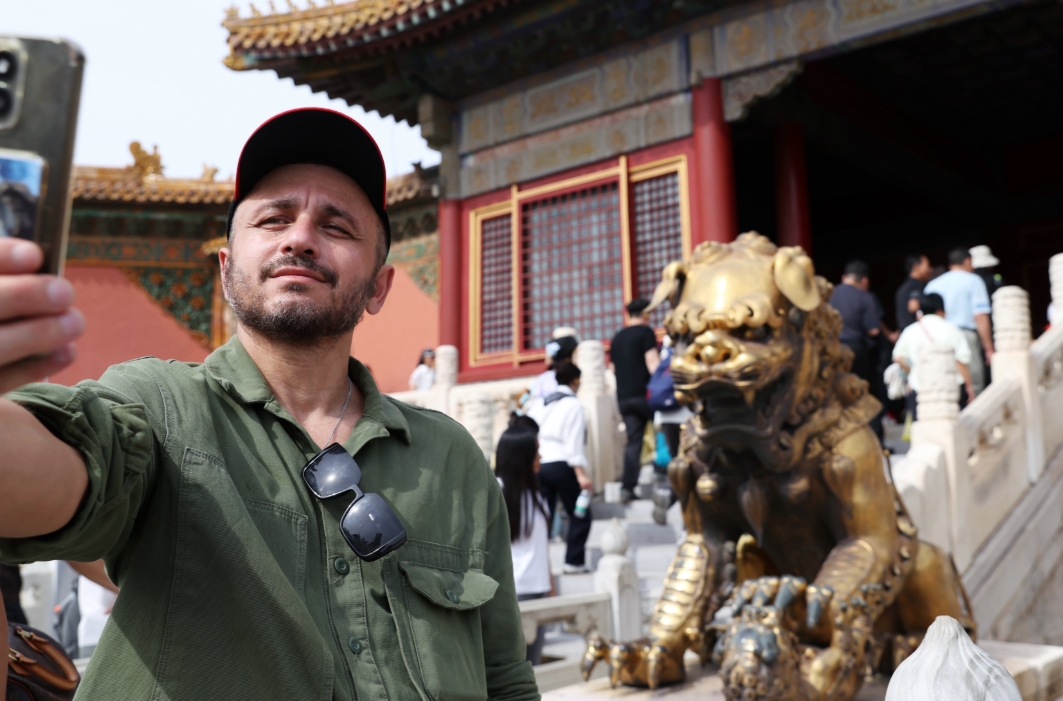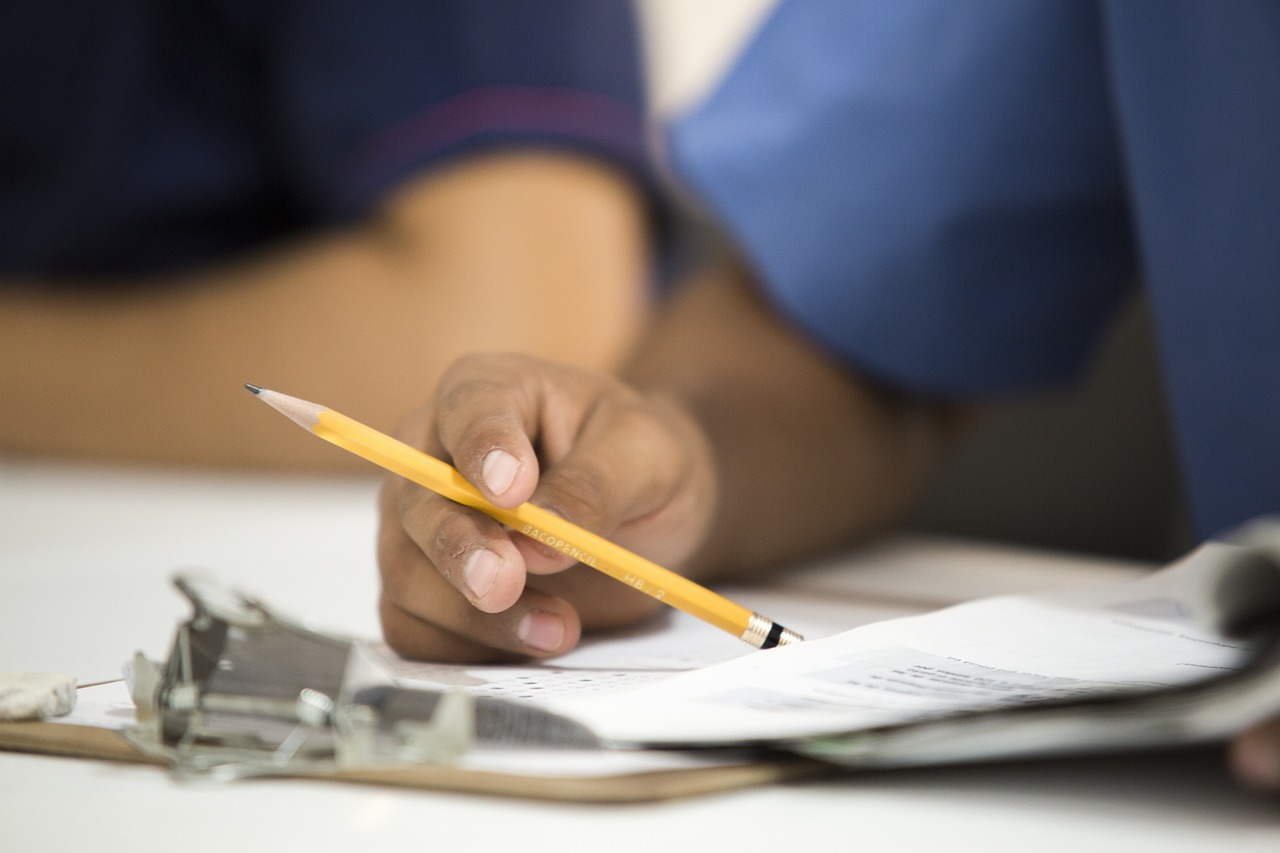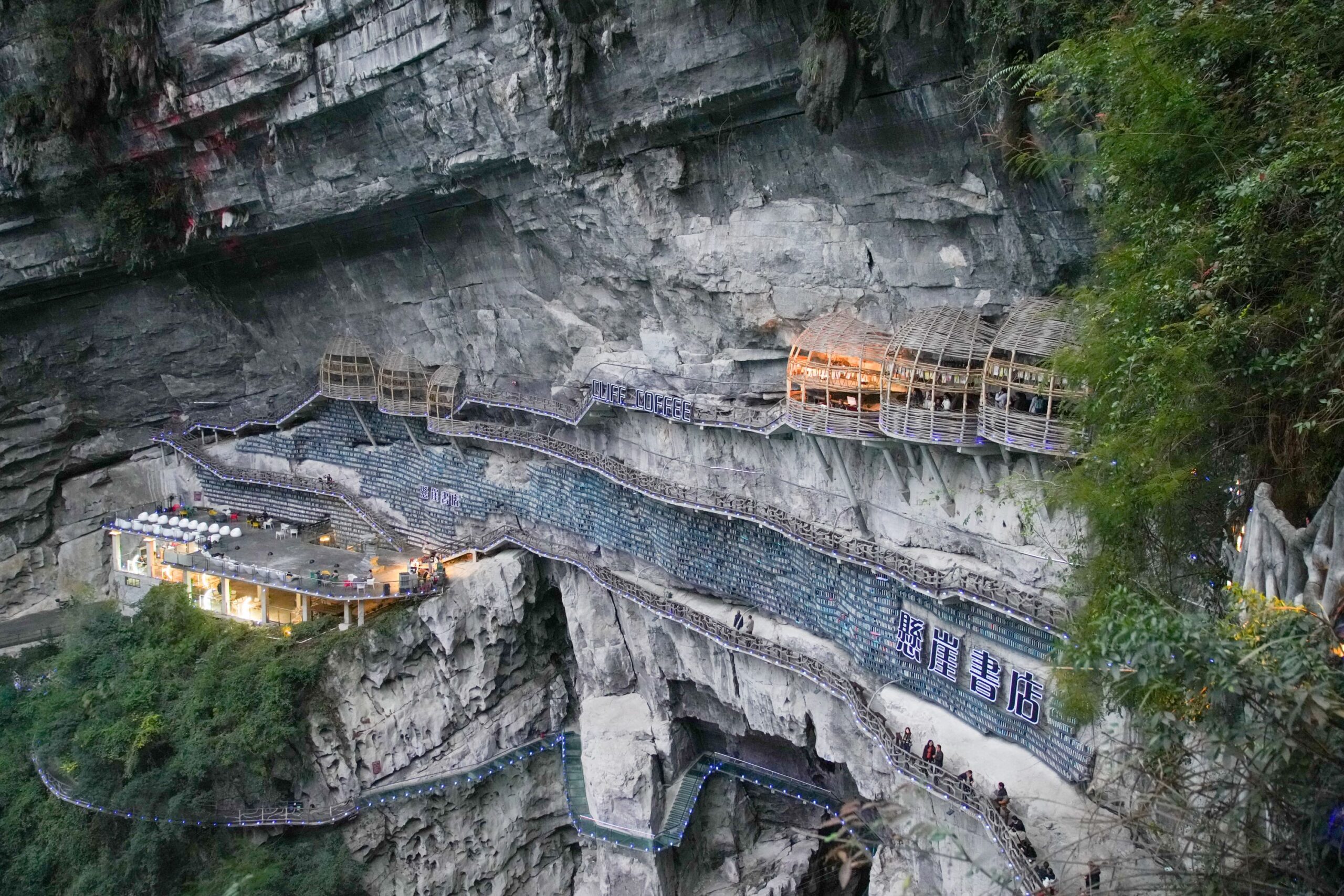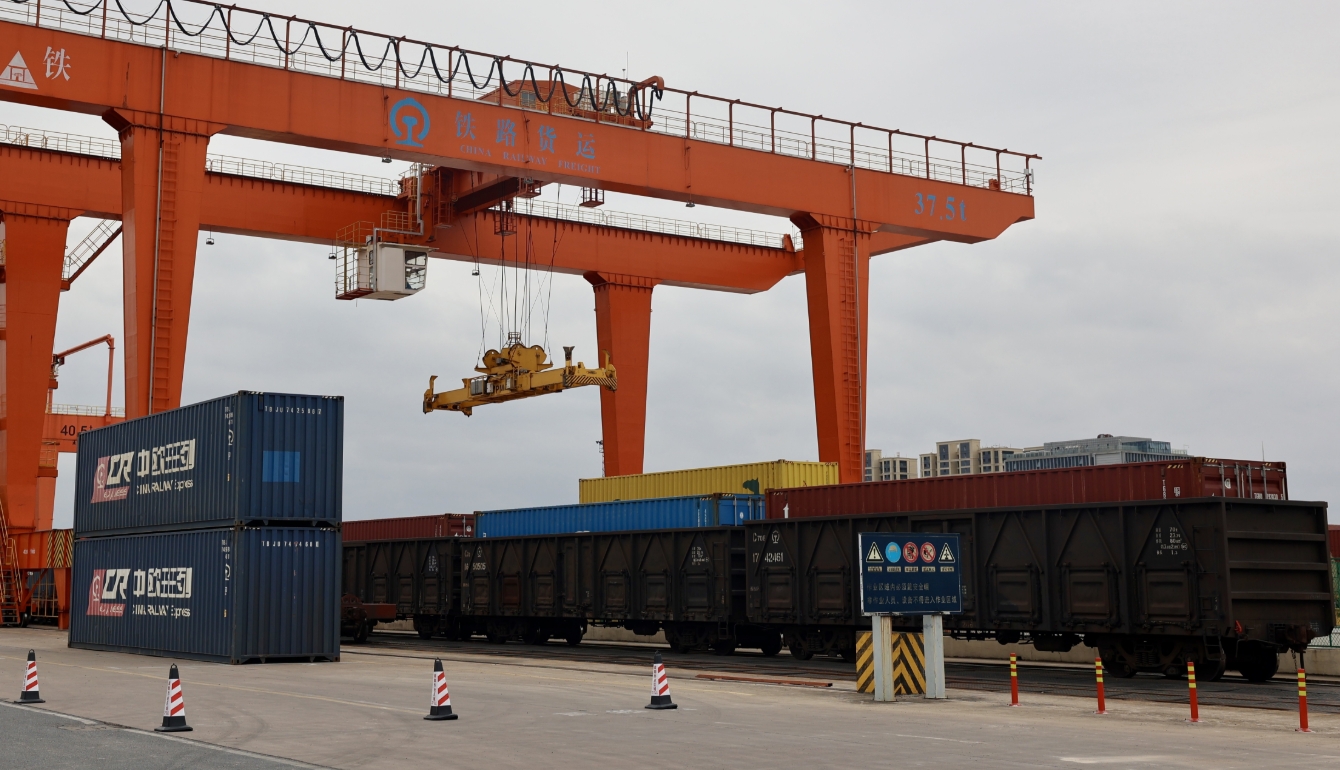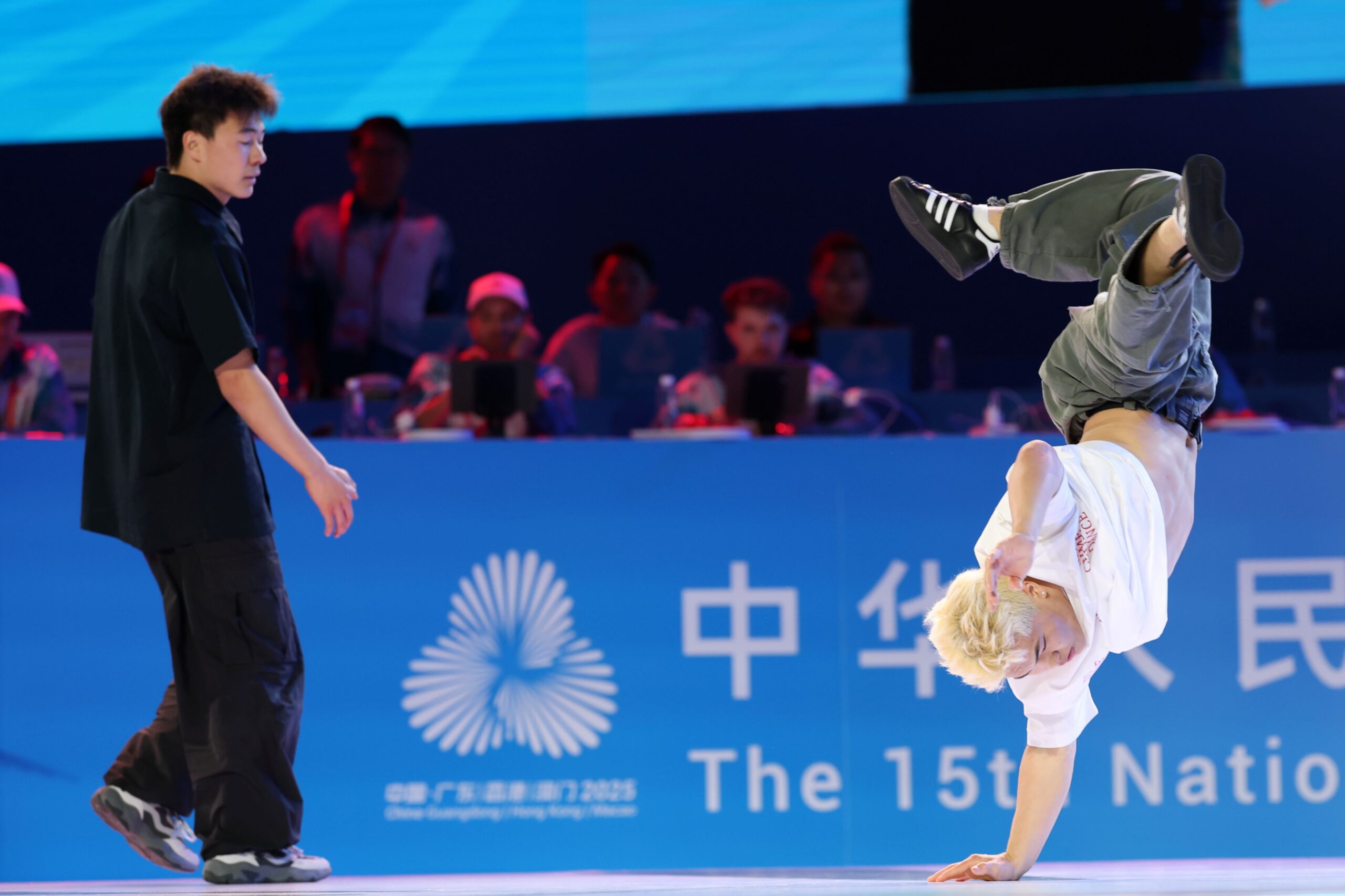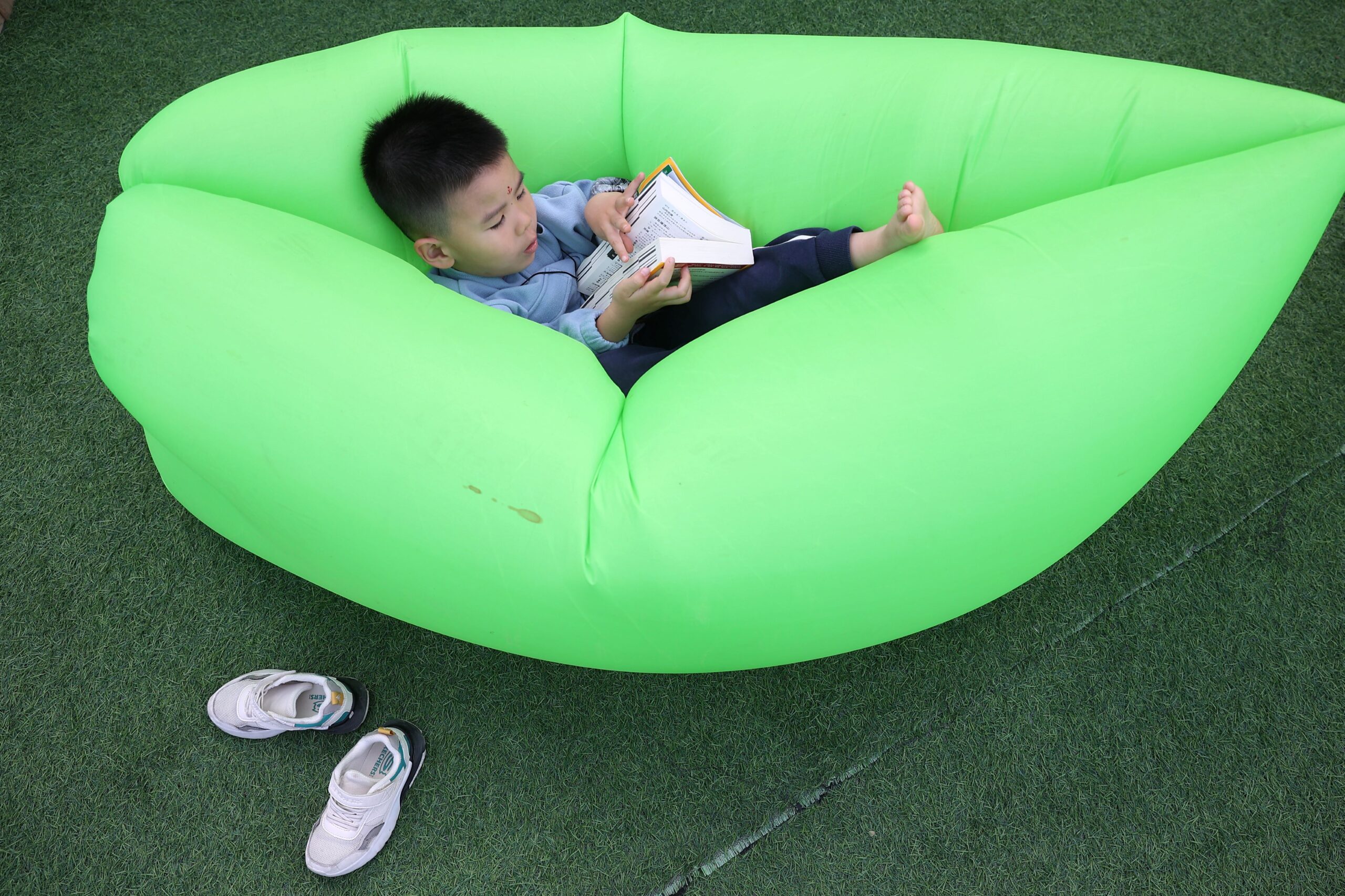China’s National Museum in Beijing is hosting a special exhibition celebrating 20 years of lunar exploration, featuring the world’s first simultaneous display of moon samples from both the near and far sides.
China launched a special exhibition on April 1 at the National Museum of China in Beijing to mark 20 years of its lunar exploration program. The event highlights key achievements, including a historic first: the collection of lunar samples from both the near and far sides of the moon.
The most striking display features moon samples from the Chang’e-5 and Chang’e-6 missions, presented side by side for the first time in human history. Visitors can also see China’s first full-moon image map, created using data from the Chang’e-1 spacecraft.
Wu Weiren, chief designer of China’s lunar exploration program, emphasized the country’s progress in core aerospace technologies. “China has built a unique lunar exploration system and developed a comprehensive infrastructure,” he said.
China is also fostering international cooperation through data-sharing and joint research, contributing to global lunar exploration efforts.
Looking ahead, China plans to launch the Chang’e-7 mission around 2026 to explore the moon’s south pole. Chang’e-8’s mission in 2028 is to test technologies for utilizing lunar resources. Scientists are also developing a solar-powered device to melt lunar soil at extreme temperatures and 3D-print “lunar bricks”—a key step toward building a future lunar research station.
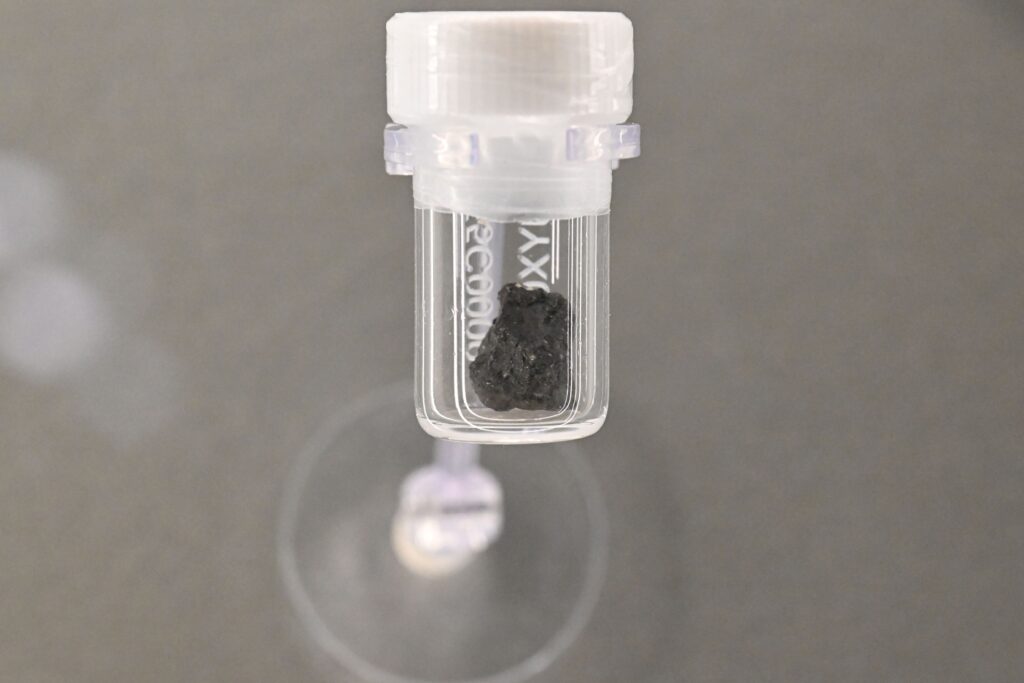
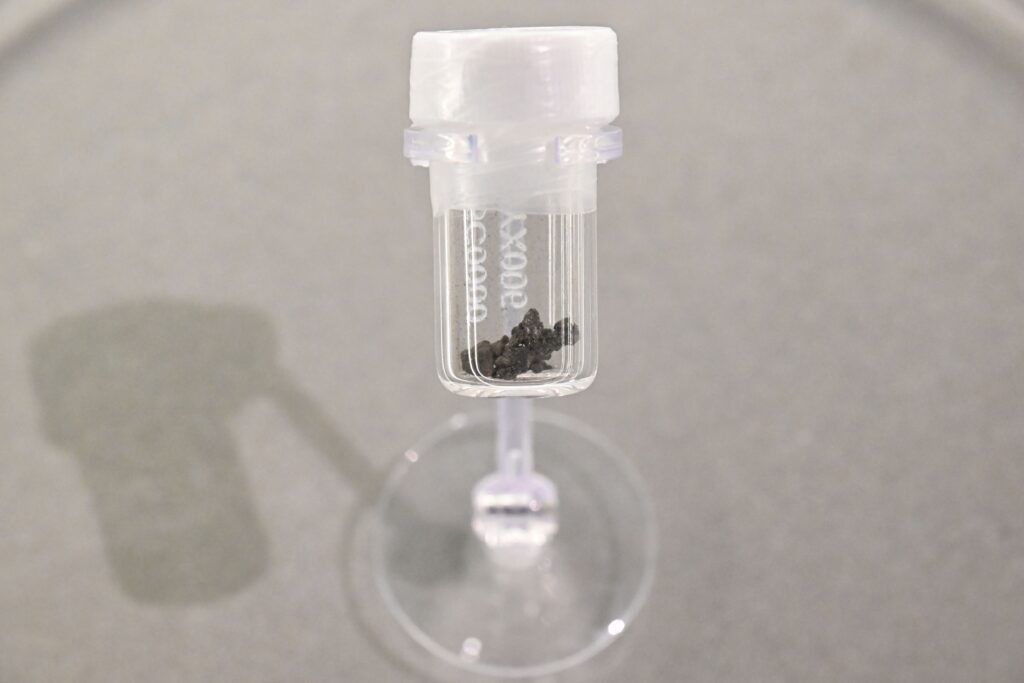
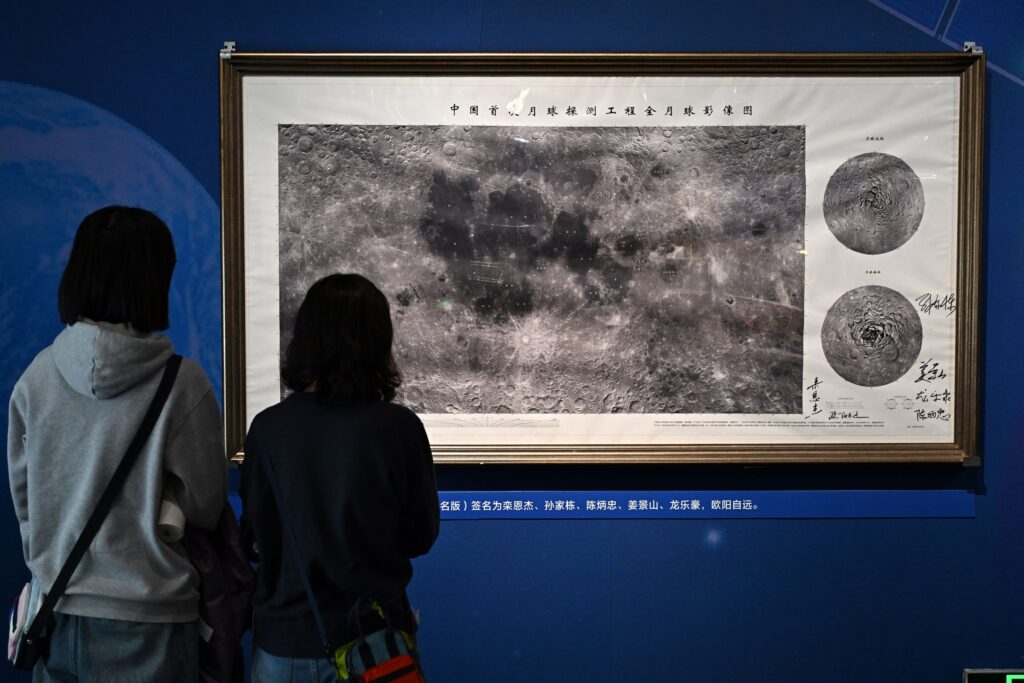
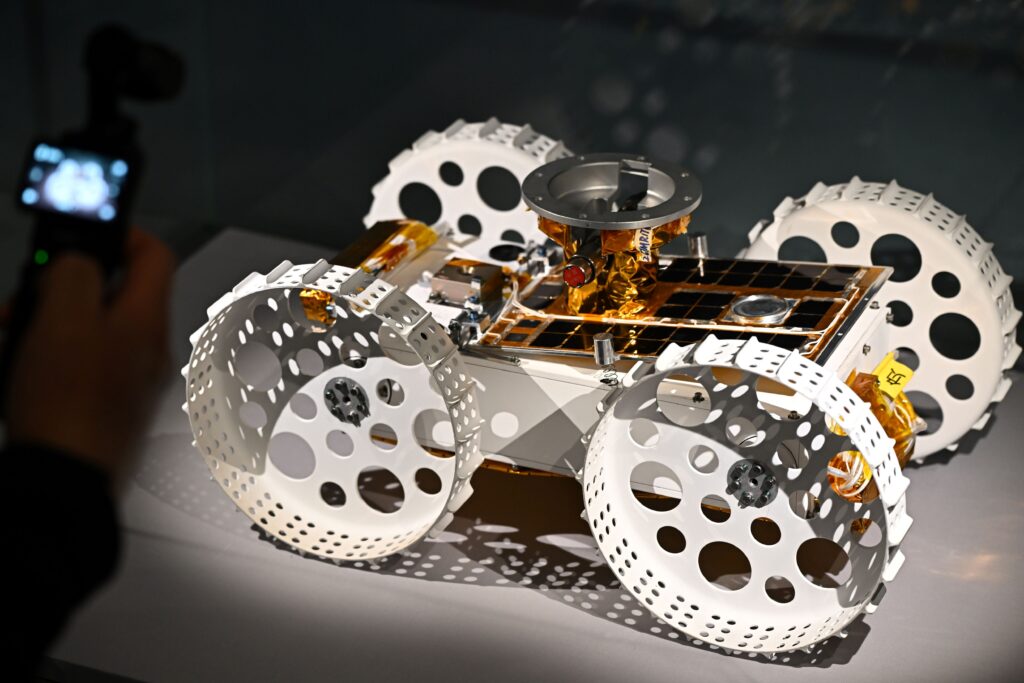
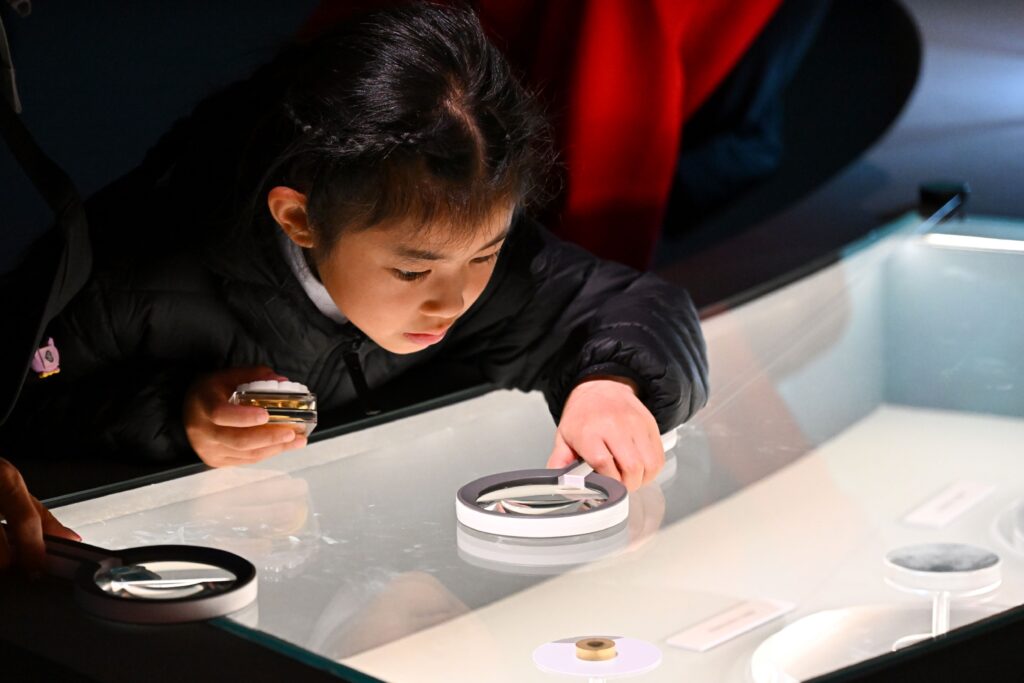
Written by Qiaomu Yu, additional reporting from Global Times, Xinhua.
If you liked this article, why not read: China Successfully Transplants Pig Kidney into Human

